A relaxed sleeping dog will always bring a smile to our faces – it’s just so heartwarming seeing our canines looking so content and at ease.
Just like us, dogs have a number of positions they snooze in. Many of these positions can provide clues about your dog’s personality and health, so we’re going to take a look at the most common positions below.
Dog Sleeping Positions: Key Takeaways
- Dogs tend to sleep in a few characteristic positions, but dogs may alter themselves in a variety of ways to maximize their snoozing comfort.
- While dogs select a sleeping position based on a variety of factors, you can often draw conclusions about your doggo’s psychology and desires based on the way he sleeps.
- Although most dogs will make do with any high-quality bed, some sleeping positions are best-suited for specific types of beds.

Common Dog Sleeping Positions (and a Few Variations)
While there are no hard-and-fast rules about sleeping positions and some doggos get a little creative when catching 40 winks, most four-footers tend to sleep in one of a few basic positions.
We’ll break down the most common canine sleeping positions below.
1. The Flop (On the Side)
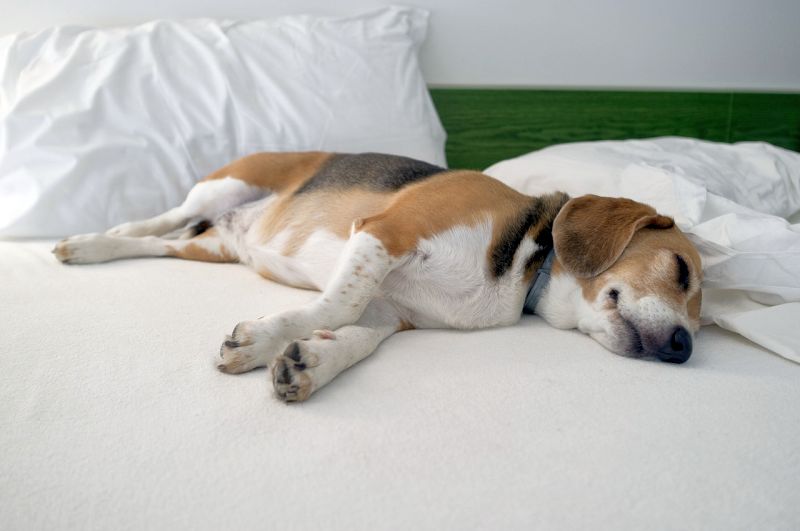
The Flop is when your dog lies on one side, legs stretched out and well, floppy. I have affectionately coined this “The Flop” as it perfectly describes how my dog gets into this position after a serious game of fetch at the park.
This position is common in laidback, calm dogs who are comfortable in their surroundings. You’ll often find this is your dogs go-to for both naps and longer sleeps, and you may even notice a little leg twitching when they’re doing The Flop.
You can take great comfort when seeing your canine sleep like this — since their stomach and other important organs are exposed, it shows total trust in their family and comfort with their surroundings.
2. The Exhibitionist (On The Back)
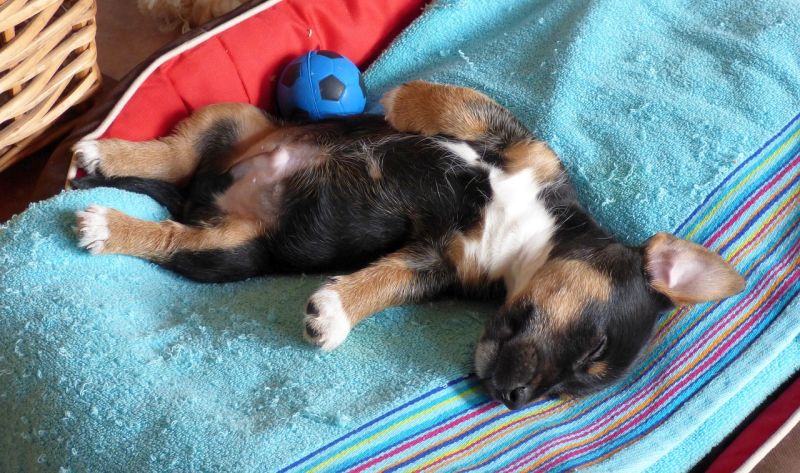
Depending on your maturity level or sense of humour, this position can cause a few snickers. The Exhibitionist occurs when a dog lies on his back and lets it all hang out without a care in the world.
Dogs who sleep like this are in complete trust of their surroundings. Like the name suggests, dogs who sleep like this really are exposing everything and are vulnerable in the sense that it is difficult for them to get back up quickly!
3. Sleeping on the Belly

Many dogs love to sleep on their belly, and given their geometry, they often exhibit a few different variations on this basic sleeping position (and in some cases, they’ll combine a few of these positions at the same time).
But while there are endless variations on the stomach-sleeping theme, we’ll discuss three of the most common belly-down positions below.
4. The Croissant (Curled Up)
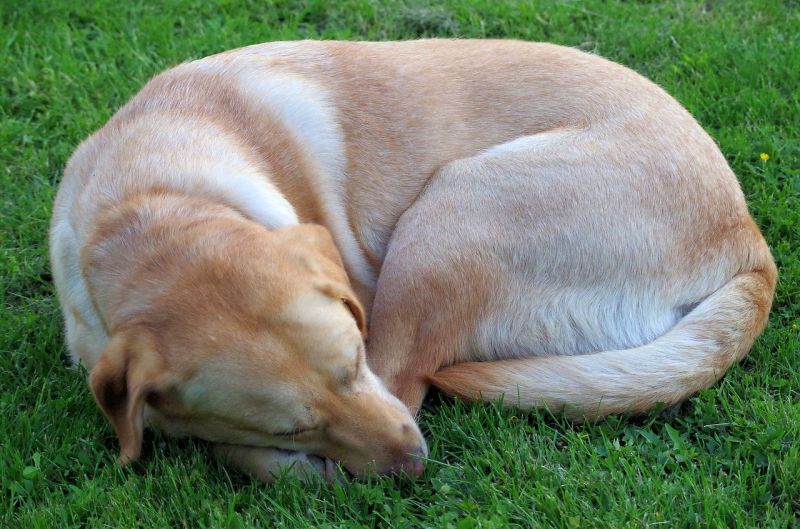
This is a personal favorite of mine because it is just the cutest. The Croissant occurs when your dog curls up as tightly as possible, nose to tail, with paws tucked underneath their head.
In the same way that us humans curl up to get all cosy, The Croissant allows dogs to conserve warmth and — unlike The Flop — it protects the belly. Due to this protective aspect, it’s a common position for wild dogs and wolves, as it allows them to get up quickly if they are threatened.
Don’t worry though, if your dog is sleeping like this at home, it doesn’t mean they feel unsafe! They might feel a little cold or just want to snuggle up.
5. The Frog (Sprawled on Belly)
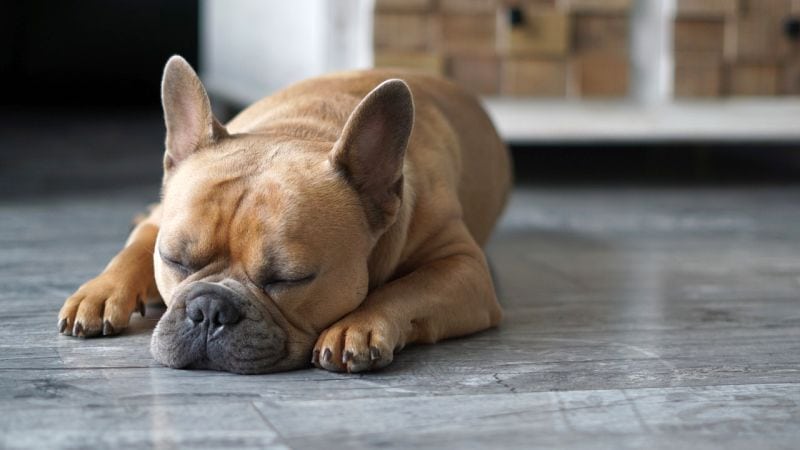
Also known as the Sploot or the Superman (if you have another term for this position, I’d love to hear it in the comments below), this is when your dog sleeps with his back legs stretched out behind him and his front legs in front of his head.
It’s more common to see smaller breeds and puppies dozing in The Frog position as it’s suspected that it’s a little trickier for larger dogs to get into that position. It’s also a common sleeping choice for more energetic dogs as it allows them to jump right back into playing!
6. The Turtle (Feet under the Body while on the Belly)
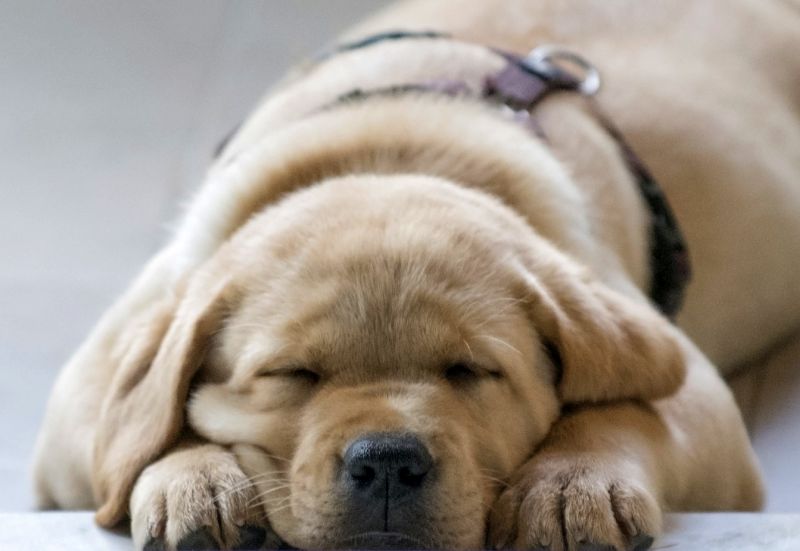
The Turtle position is a little more unusual — this occurs when a dog sleeps on his belly with his front paws folded underneath him.
This sleeping position helps your dog stay warm (his paws work like little radiators that allow heat to escape), and it probably also helps them feel safe and secure. That doesn’t necessarily mean dogs who sleep in this position are insecure or frightened, but it’s something to keep in mind.
7. The Little Spoon (Snuggled / Spooned)
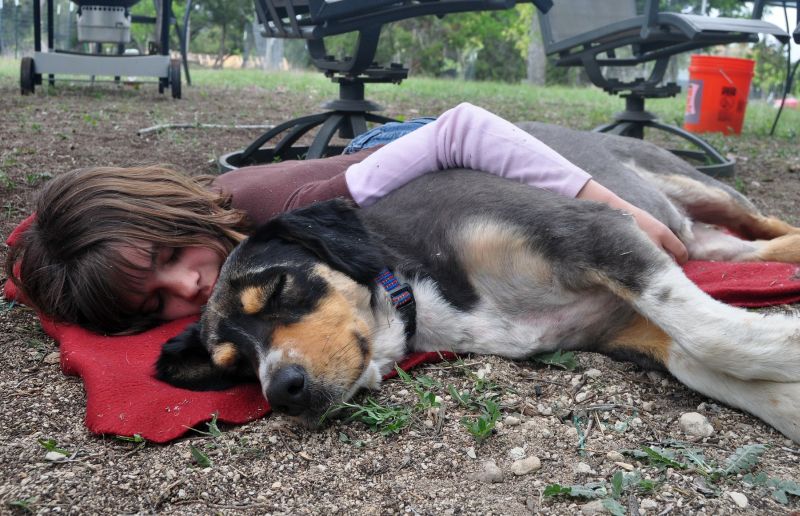
… Or big spoon, depending on your dog’s preference and size! It’s hard for a Great Dane to be the small spoon, and Chihuahuas rarely have the reach to make a good big spoon.
The most affectionate dogs of the world often love to snuggle up and spoon with their person. And, if you have more than one dog, you may see them snuggling up and spooning together.
Sleeping in the Little Spoon position is often a sign your pooch is trying to bond with you, but it’s also a good way to stay warm. Dogs in the wild tend to cozy up like this, as it provides them with both protection and warmth.
Promoting Good Sleep for Your Dog
Dogs may have the opportunity to snooze more often than we do, but they still need to get plenty of good quality, healthy sleep. With that in mind, we’ll share some basic tips and tricks to make sure your dog is getting the best night’s sleep below.
- Get your pooch plenty of exercise. It’s important to ensure your dog has multiple opportunities throughout the day to burn off some energy for a whole host of reasons, but namely for improved quality of sleep. Good quality exercise will reduce the chance of canine obesity, which in turn lowers chances of sleep apnea.
- Provide your pup with proper temperatures. Maintaining a cool, comfortable temperature in your dog’s space allows him to sleep in his preferred sleeping position, and it will stop restlessness throughout the night.
- Make sure your dog has a comfy bed. You saw this one coming, right? There’s a perfect dog bed for every dog out there, considering factors such as size, breed, and preferred sleeping position.
- Keep things calm. This links with our exercising tip, but we’d recommend not engaging in playtime or any vigorous physical activity right before bed. Your pooch needs to be in a calm mental state in order to recognize that it’s bedtime and time for sleep!
- Ensure that he’s empty. This might be obvious, but making sure your dog has had the opportunity to go to the bathroom right before bed will ensure a great night’s sleep.
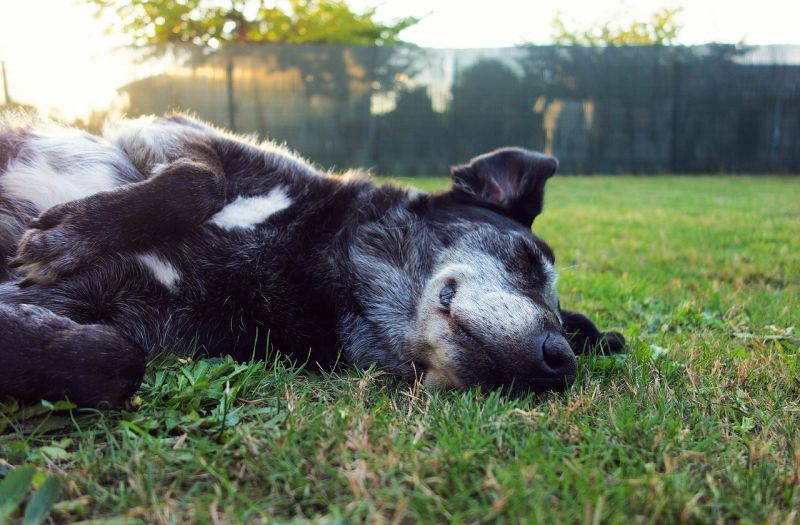
What Kind of Bed Should I Get My Dog?
Now you know your hound’s sleeping position preferences, you might want to have a look into beds that accommodate said position.
In reality, most puppers should find any high-quality dog bed suitable, but we’ll point out a few things to think about when searching for the ultimate snoozing station of your pooch!
- The Flop (on side) — Floppers tend to be low-maintenance sleepers, who’ll generally plop down wherever the urge strikes. However, a large, bed will likely give these dogs enough space and support those precious little paws. If space is an issue, consider picking up a dog bed designed to fit in a corner.
- The Exhibitionist (on back) — Humans needn’t worry about balance when sleeping on our backs, but dogs are a little less stable when sleeping this way. Accordingly, a memory foam dog bed that allows them to sink down a bit may be best for these snoozers.
- The Croissant (curled up) — Cave beds or cuddler beds (which often come with bolsters) are the ideal choice for canines who like to curl up when sleeping. These types of beds can also help keep your pooch warmer and help them feel more secure.
- The Frog (sprawled on belly with extended legs) — Sprawling with outstretched legs takes up quite a bit of space, so dogs who enjoy sleeping this way may need a larger bed than they otherwise would.
- The Turtle (on belly with tucked limbs) — Because dogs who tend to sleep with their limbs tucked are trying to conserve body heat, they may benefit from a cuddler bed or a heated dog bed.
- The Little Spoon (curled up with someone snuggly) — If your dog is a spooner, it likely means you are allowing him to just sleep on your bed (unless, that is, you’re sleeping on his bed). But, even if you let your dog sleep in bed with you, you’ll still want to set him up with his own bed. For dogs who like to spoon, a dog bed with bolsters is probably the best bet.
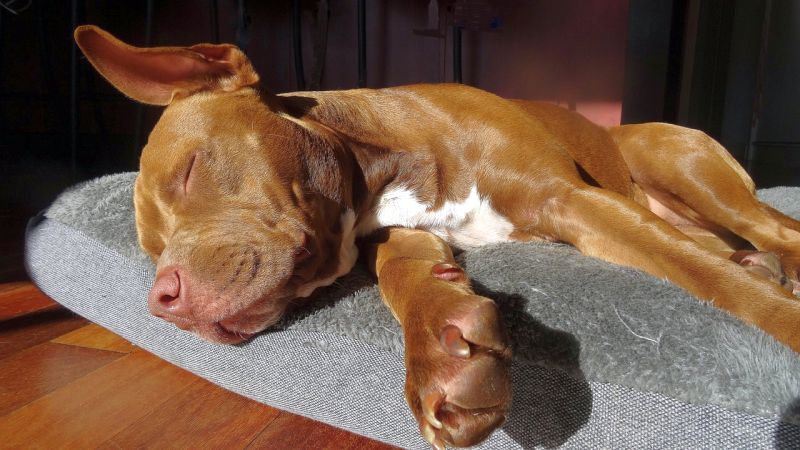
Dog Sleeping Position FAQs
Owners often have a lot of questions about doggo sleeping habits, so we’ll try to answer a few of the most common queries below!
Why does my dog sleep upside down?
Dogs may sleep on their backs to help them cool down — the skin on their bellies is pretty thin has relatively little fur. Also, their paws are rich in sweat glands.
Why does my dog like to sleep next to me?
Because he loves you! He is also probably comforted by your close presence.
Why won’t my dog sleep next to me?
Your dog may not like sleeping next to you for many reasons. Some dogs see themselves as protectors of the pack, making it more logical to sleep away from where you are.
Like humans, dogs also have bed preferences, so chances are there’s a bit of a Goldilocks situation going on too. Your bed might be too soft, too small, or too hot. You may also move around too much in your sleep for his liking, or there may not be enough room for him to really stretch out.
Also it’s worth noting that many dogs simply like curling up in a small, enclosed space. In short — it’s nothing personal!
Do dogs dream?
Dogs definitely dream. In fact, according to Stanley Coren, professor emeritus of psychology at University of British Columbia, dogs dream about real life scenarios — chasing birds, playing with other dogs, or scaring a burglar away.
Do dogs sleepwalk?
There’s no quick answer as to whether dogs sleepwalk or not — it’s a complicated matter. Whilst leg twitches and movements are common when your dog is sleeping, anything out of the ordinary could indicate a seizure disorder and is worth having a vet check your pooch out.
Why do dogs circle before lying down?
It’s totally normal and very common for dogs to circle before lying down. The behavior is deep rooted into their ancestry, as their ancestral canine relatives would crush down leaves, snow or grass to get comfy.
Excessive circling however, is worth running past your vet as soon as you can.
How much do dogs sleep?
Most dogs sleep 12 to 14 hours a day, but there are a variety of factors that will determine how much dogs sleep.
Why does my dog make sounds or move while sleeping?
Dogs can wag their tails, twitch their muscles, and even softly bark, growl, or grunt during the deepest stages of sleep (known as the REM stage). The most likely reason they are making sounds or movements is because they are dreaming, but less commonly, twitching could be a sign they are cold.
Should you really not wake a sleeping dog?
The common phrase “let sleeping dogs lie” often instills caution in all dog owners. But if you really need to wake your snoozing sweetie, you can. Just be sure to wake your pooch gently so as not to startle him. When possible, try to avoid waking him when it is evident that he is in a deep sleep.
Is it OK to let my dog sleep in my bed?
Generally speaking, it is fine to allow your dog to sleep in your bed. Just note that doing so may impact your sleep quality (in either positive or negative ways), and it is wise to discuss the issue with your trainer if you’re currently dealing with behavioral issues. Also, you’ll want to take your dog’s desires into account! He may simply not like sleeping in your bed, and you don’t want to make him do so if he doesn’t like to.
Can dogs have insomnia?
Insomnia is rare in dogs, and if you are noticing insomnia-like symptoms in your pet, it’s probably a byproduct of a physical health issue and needs to be examined by a vet. If you are finding that your dog isn’t sleeping as much as normal, it’s worth looking into the causes to rule out anything serious.
***
I don’t know about you, but all this talk of cosy beds and comfy ways of sleeping has completely put me in the mood for a nap!
Have you identified your dog’s favorite sleeping position in our selection above? Or do they tend to mix things up a bit? Let me know in the comments!
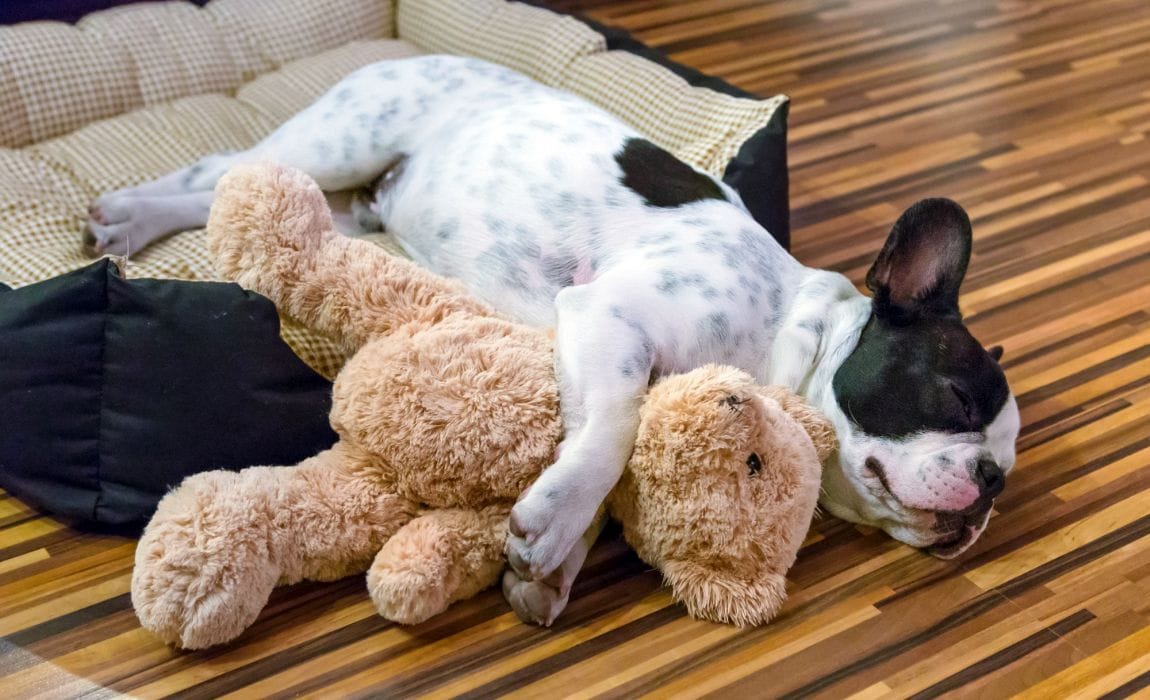

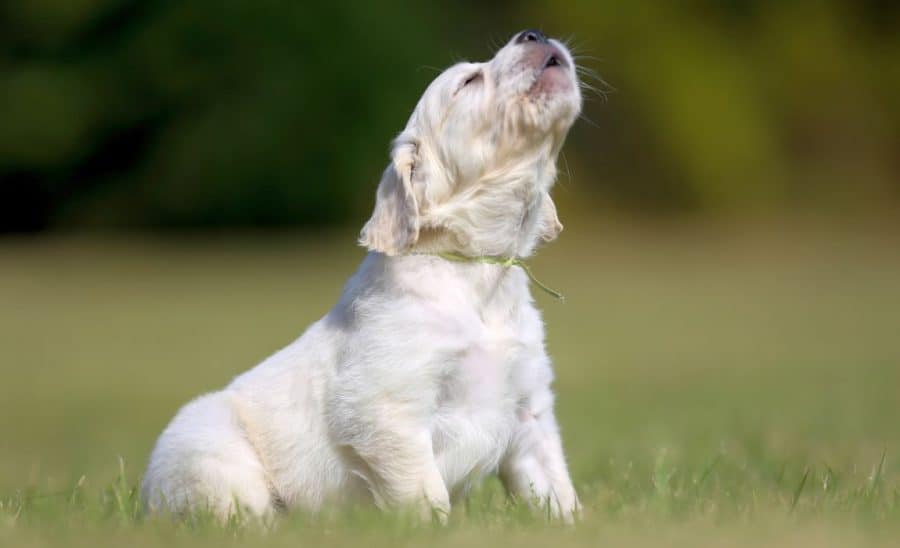


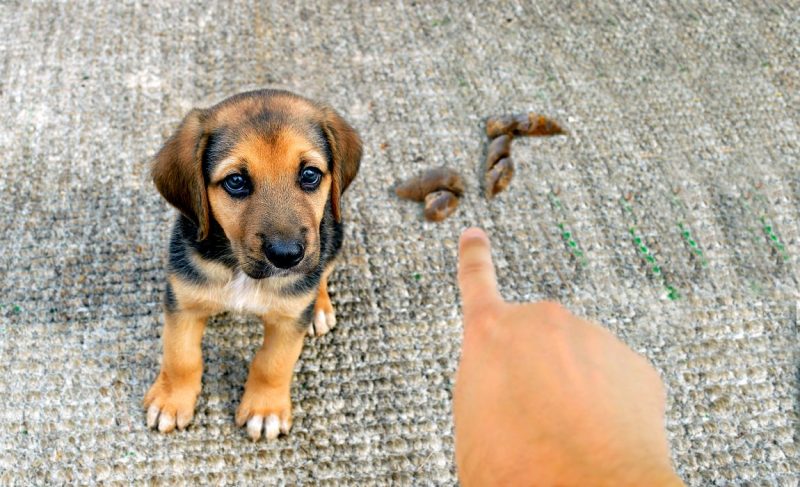

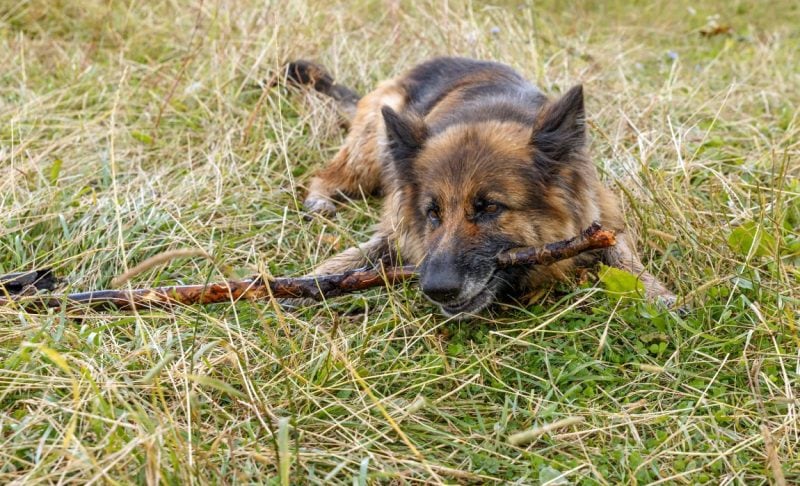
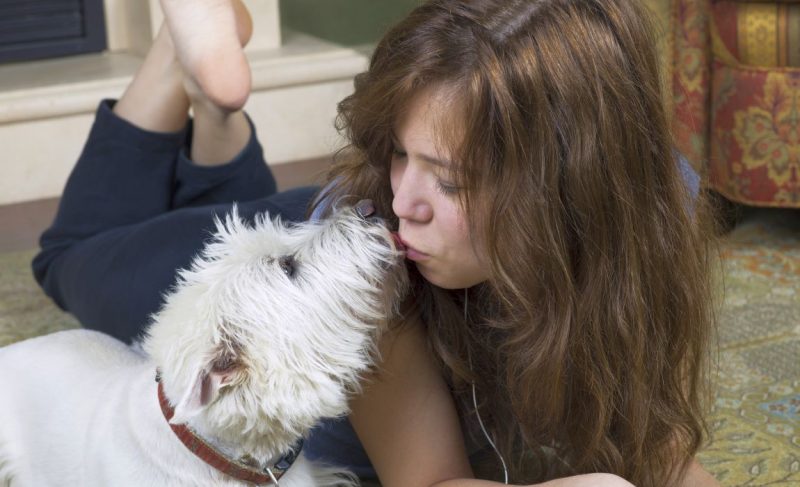
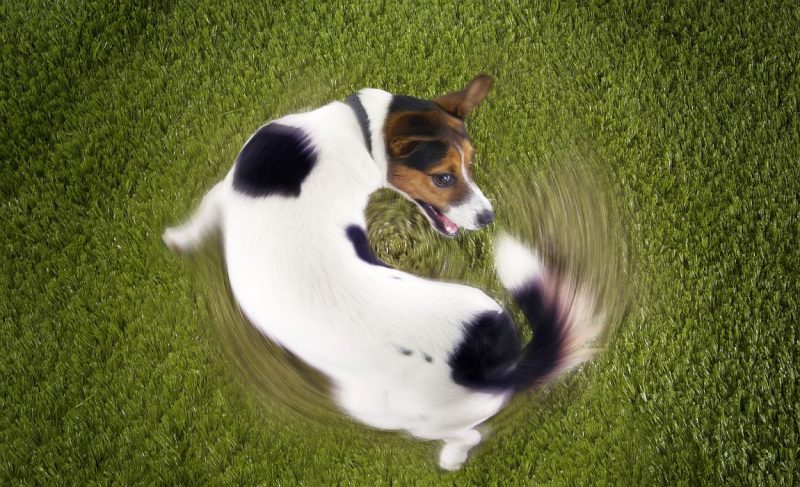
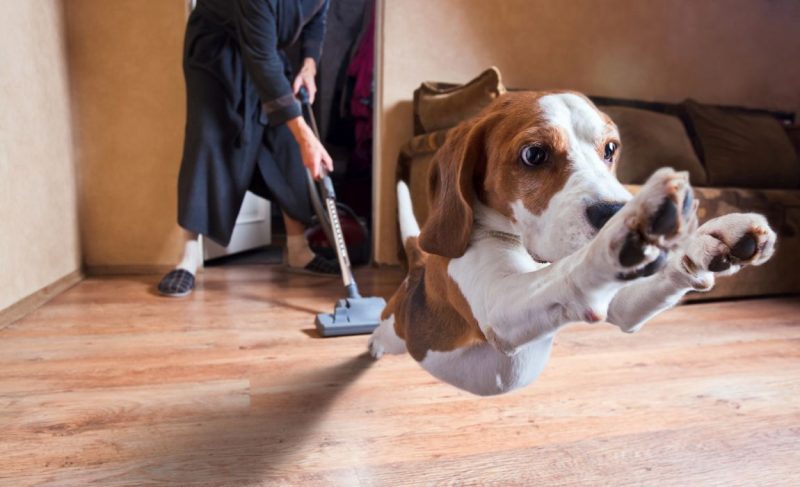
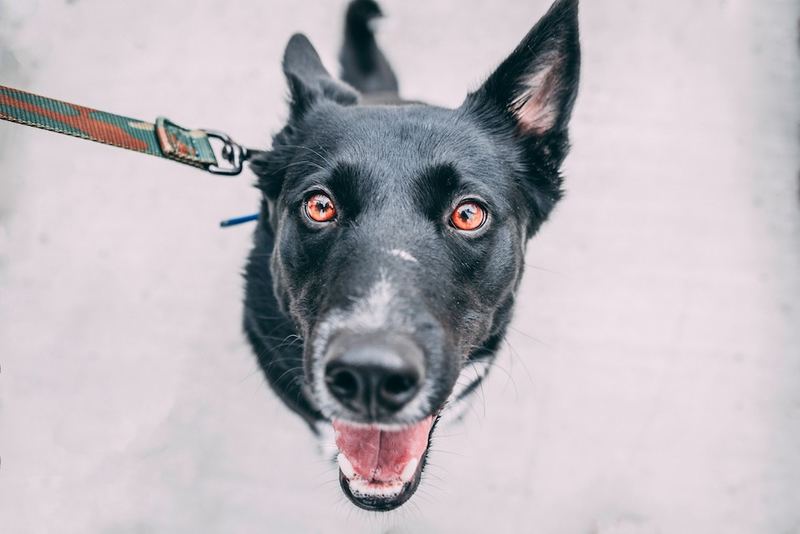

Leave a Comment